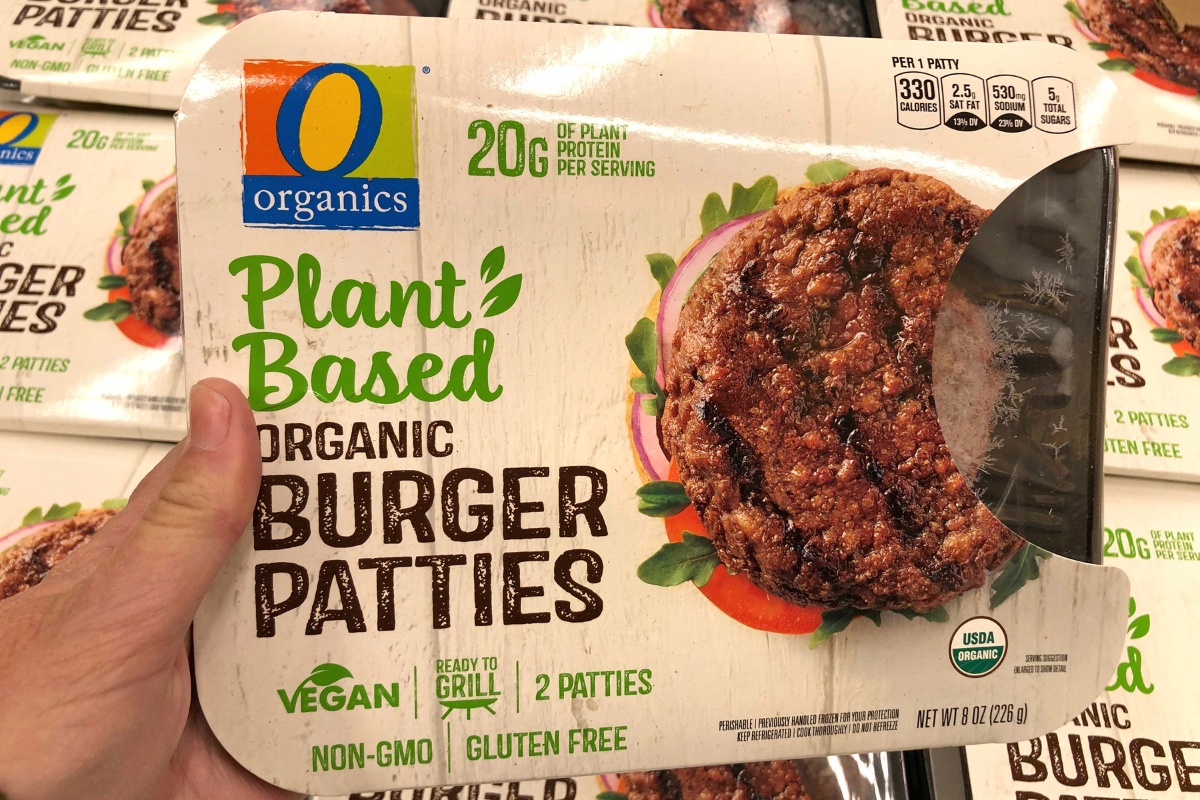
Taking Alternative Proteins Mainstream
Alternative protein brands should avoid the word vegan and highlight the protein source, sensory appeal, and health benefits to win new customers. This is the message in a new consumer behaviour report.
The study is from The Good Food Institute (GFI), an international non-profit working to accelerate non-animal protein, and Boston Consulting Group (BCG), a global management consulting firm. Over the last year, the team analysed over 100 academic studies of customer behaviour and social media attitudes towards alternative protein. They have developed a strategy to make alternative protein more appealing to the mainstream market. They shared their thought leadership publication ‘Taking Alternative Proteins Mainstream’ at a GFI webinar in March 2023.
BCG outlined the problem: mainstream consumers know that eating less animal protein is better for the planet, their health, and animals. But despite the growth of innovative alternatives, traditional meat consumption continues to rise. So how can plant-based protein brands reach more consumers and convince them to choose non-animal options? According to the report, plant-based meat brands would benefit from a more consumer-centric approach to their marketing messages, especially those on the packaging.
Neeru Ravi is BCG’s topic lead for alternative proteins in North America and a core member of its Consumer and Climate Sustainability. She told the GFI webinar that between 2019 and 2021, the US alternative protein retail market plateaued: “In 2019-2020, there was a big growth spike which levelled from 2020-2021. While alternative dairy continued growing, alternative meat remained flat and slightly declined. At the same time, there was a slight increase in the share held by traditional meat.”
This slowdown happened during a period of significant change: from pandemic to post-pandemic, from grocery retail to food service, with price rises and a surge in brands offering meat alternatives. However, the stagnation can also be partly attributed to how alternative protein is marketed to consumers.
Neeru Ravi explained: “We know that animal agriculture is a large contributor to global greenhouse gas emissions, and investing in plant-based proteins makes a lot of sense. But from a consumer perspective, sustainability isn’t their primary concern. A survey of almost 3000 consumers shows a big gap in what consumers say versus what they do. 80% say they care about sustainability, but only 20% make food choices based on that concern. We found that health and taste were the top needs driving purchasing decisions for fresh food. We need to address this if we are to attract mainstream consumers.
BCG suggested four strategies for winning more mainstream consumers. They focus on the messaging on the front of packs, an area with limited space but the massive potential for converting consumer decisions.
Avoid The Word Vegan
Vegans and vegetarians are around 5% of the overall market. Appealing to these consumers is not going to drive mainstream growth. And it carries some risks. BCG found that the word vegan was associated with lower sales. As BCG’s Project Leader Ema Tanovic explained: “Vegan is an identity, and using an identity-based label can introduce a psychological barrier. A consumer will think – ‘I’m not vegan, so this product is not for me. Or if I consume this product, what does that say about me?’ Instead, use non-identity-based terms such as ‘doesn’t contain animal products’ to convey that same information.”
Identify The Protein Source
Consumers want to know what they’re eating. Evidence shows that specifying a protein source is associated with higher scores for sustainability, taste and health, and better sales. This is a great opportunity to use images of key ingredients on the printed pack.
Highlight Sensory appeal
For occasion-dependent food, where the consumer wants an indulgent treat, highlight the taste, not health claims. Ema Tanovic says: “If you have a product that delivers a sensory experience, like taste, texture, emotional enjoyment, fun or happy memories, say it on the front of the pack. A study compared plain descriptive labels to indulgent labels, for example, green beans and sizzling sweet beans. The frequency with which people chose the dish with the indulgent label was 25% higher. This holds true for plant-based meats as well as vegetable dishes.”
Highlight Positive Health Benefits
Consumers responded to health claims with positive rather than restrictive language. That means highlighting a good attribute rather than the lack of a bad one – so high protein rather than low calorie. Ema Tanovic said: “We recommend going beyond just sharing nutritional information. Instead of saying 10 grams of protein, say a great source of protein if your product delivers that. However, health is sometimes correlated negatively with other needs, like taste. So when you tell consumers a product is healthy, some expect it to taste less good, so on some occasions highlighting health is not the best approach.”
This strategy has been used widely by alternative dairy, resulting in positive sales growth, reaching 8% penetration of the overall dairy category. Neera Ravi concludes: “An analysis of the top 25 alternative dairy brands found that 88% have implemented two or more strategies. The term vegan has been replaced with dairy-free. The source of protein is identified as soya, almond or oat. Brands highlight sensory attributes like rich and creamy. And many highlight health benefits such as calcium, vitamin A, and omega 3. With alternative meat, only half of the top 25 brands are using two or more of the strategies. This matters for performance as alternative meat brands using two or more of the strategies outperformed competitors by a wide margin of six to one. This analysis tells us there’s real value in applying these insights from behavioural science.”


